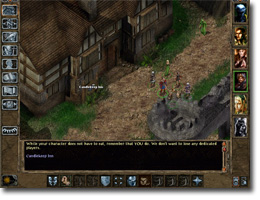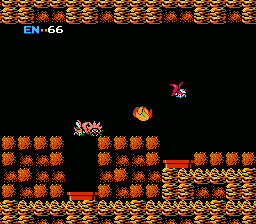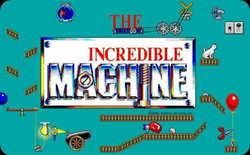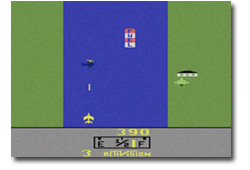 One of the first games I was introduced to on the 2600 was River Raid, back in 1982. I remember it vividly, as I was at my cousin David’s house, who was older than me, and he’d “baby sit” me so the adults could have some adult time hanging out in the dining room. We’d sit in the family room playing 2600, mainly River Raid.
One of the first games I was introduced to on the 2600 was River Raid, back in 1982. I remember it vividly, as I was at my cousin David’s house, who was older than me, and he’d “baby sit” me so the adults could have some adult time hanging out in the dining room. We’d sit in the family room playing 2600, mainly River Raid.
This is an Activision game, and was later ported to Atari 5200, Atari 8-bit, C64, ColecoVision, IBM PCjr, Intellivision, ZX Spectrum, and MSX. The player controls an airplane in a top-down view over a river and gets points for shooting down enemy planes, helicopters, ships and balloons (for versions after the Atari 2600). By flying over fuel-stations, the plane’s tank can be refilled. The player can shift side to side and change the speed of the plane. Sections of the river are marked by bridges.
The game was highly acclaimed for its ability to stuff tons of map into small amounts of space. The map was huge and it fit on the disk because it’s randomly generated using a common starting seed, basically, imagine some of the Diablo dungeons…they’re randomly generated but the starting seed which starts the random process is also ‘random.’ (probably based on clock time which isn’t too uncommon). Atari, rather than try to make a random level each time used the level random generator to build a procedural based level rather than drawing it and saving it into the cart. GENIUS.
A more highly randomized number generation system was used for enemy AI to make the game less predictable.
Germany consider this game harmful to children, indexing it on their list of games “harmful for children” along with the game Speed Racer. It remained on their list until 2002 (since 1984) when developers petitioned it off the list before the PS2 launch of Activision Anthology (otherwise they’d not be able to put it in the game)
Some of the Germany reasons: Minors are intended to delve into the role of an uncompromising fighter and agent of annihilation (…). It provides children with a paramilitaristic education (…). With older minors, playing leads (…) to physical cramps, anger, aggressiveness, erratic thinking (…) and headaches (wikipedia)
All in all, a great game! To hear all the details on River Raid and our opinions, checkout TD Gaming Podcast Episode 78.

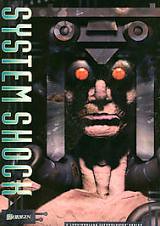 With the strong rumor that Halo: Combat Evolved is
With the strong rumor that Halo: Combat Evolved is 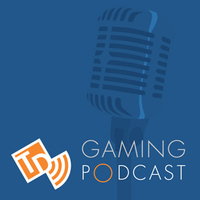 Microsoft Settles
Microsoft Settles 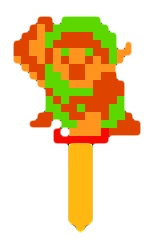 Now even Bethesda is saying
Now even Bethesda is saying  One of the first games I was introduced to on the 2600 was River Raid, back in 1982. I remember it vividly, as I was at my cousin David’s house, who was older than me, and he’d “baby sit” me so the adults could have some adult time hanging out in the dining room. We’d sit in the family room playing 2600, mainly River Raid.
One of the first games I was introduced to on the 2600 was River Raid, back in 1982. I remember it vividly, as I was at my cousin David’s house, who was older than me, and he’d “baby sit” me so the adults could have some adult time hanging out in the dining room. We’d sit in the family room playing 2600, mainly River Raid. Myst was published by Brøderbund Software, developed by Cyan Worlds and created by two brothers that did the design and directed the game (it was, much like a movie).
Myst was published by Brøderbund Software, developed by Cyan Worlds and created by two brothers that did the design and directed the game (it was, much like a movie).